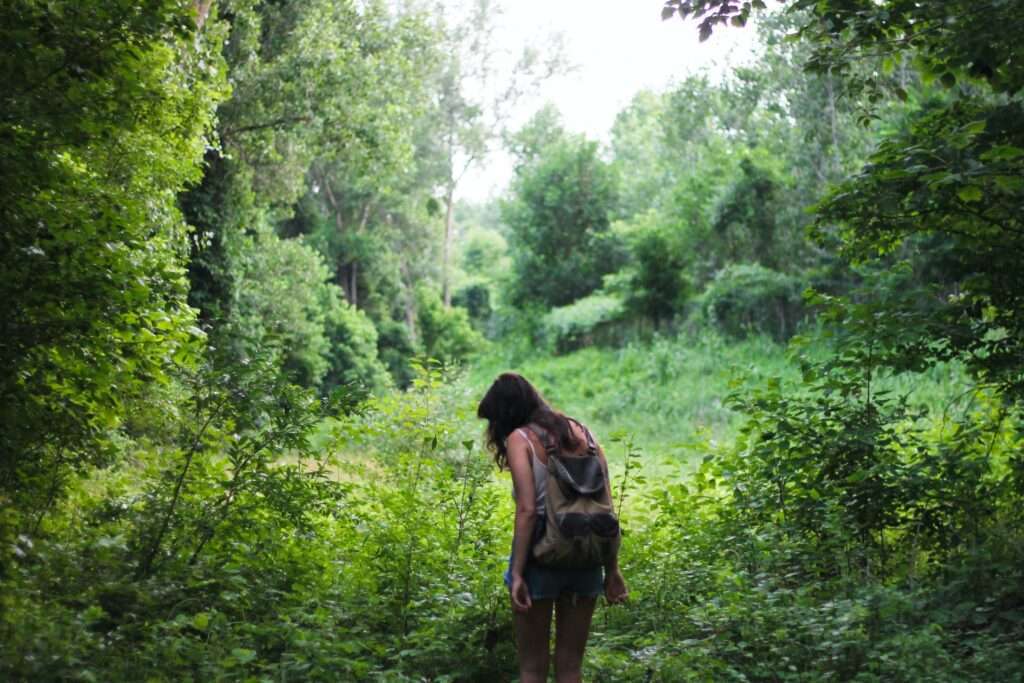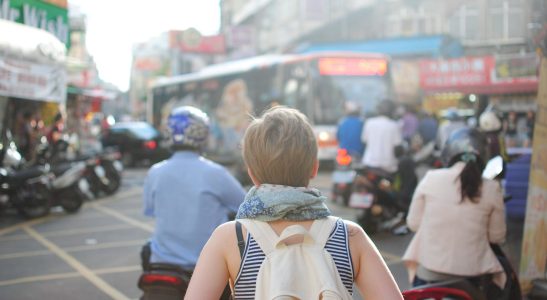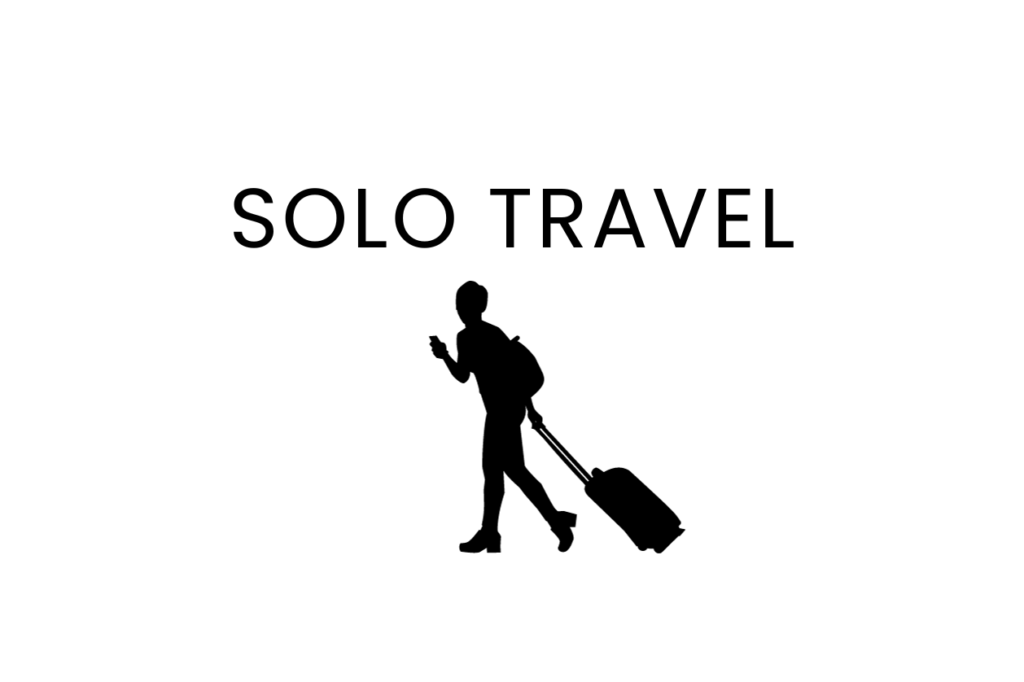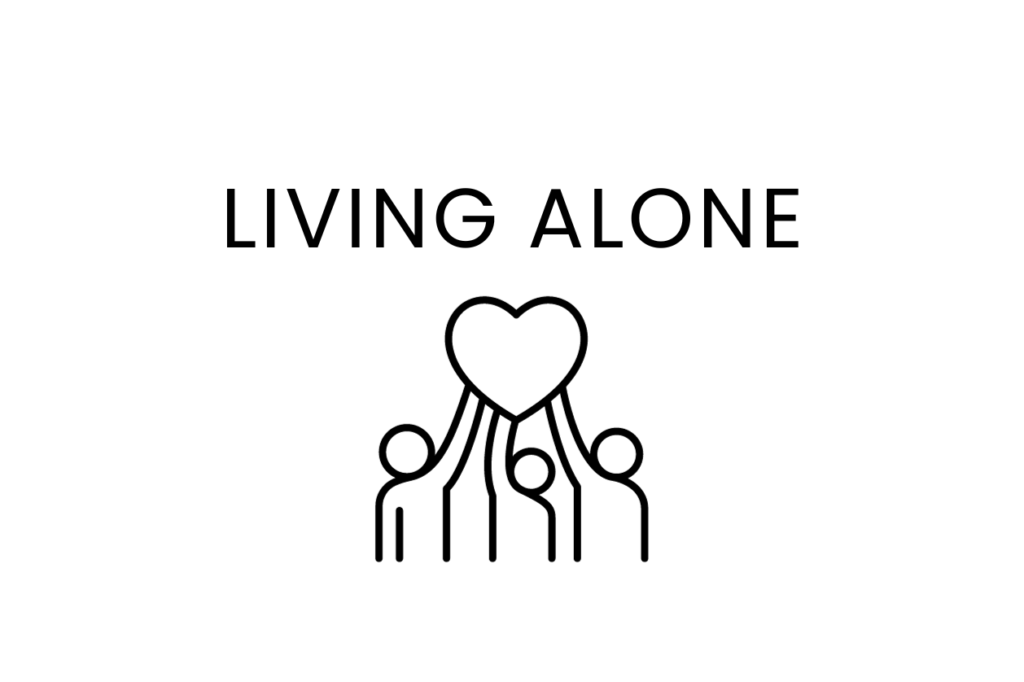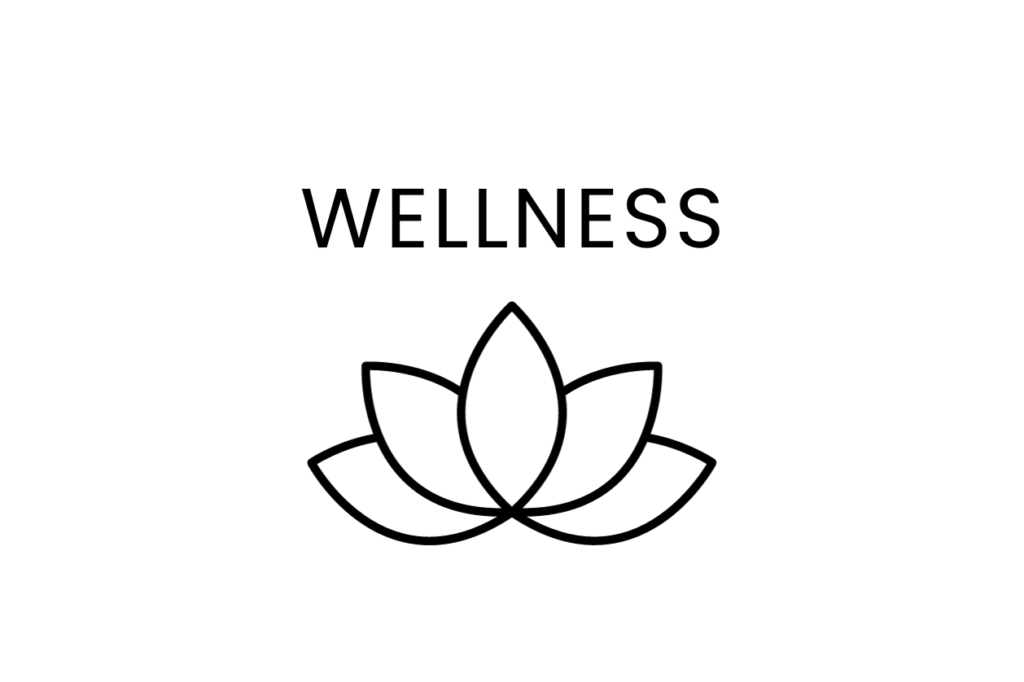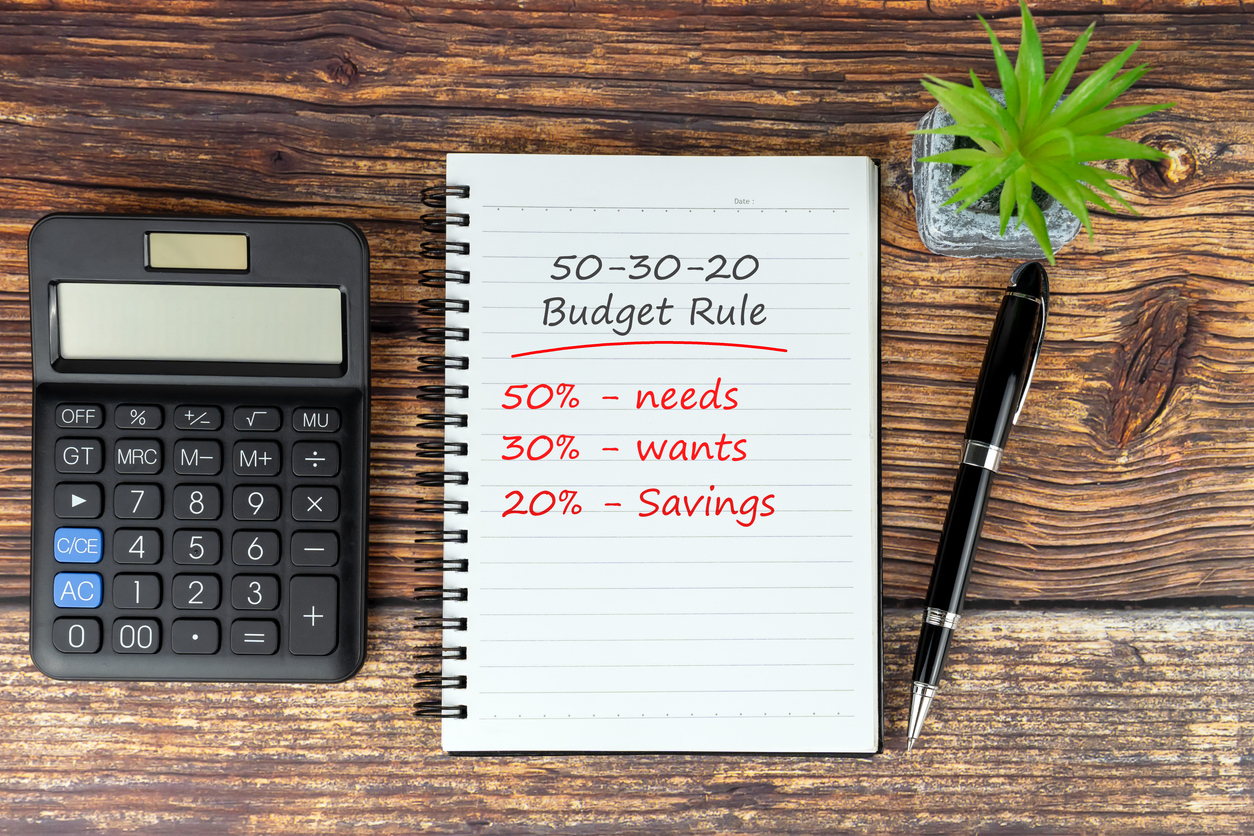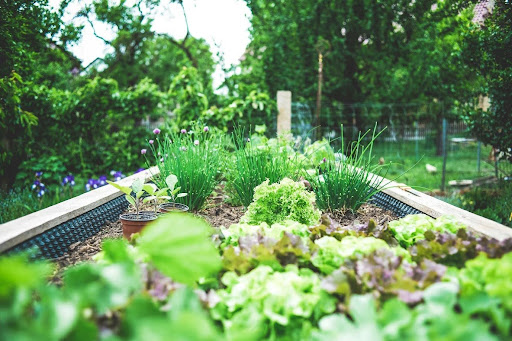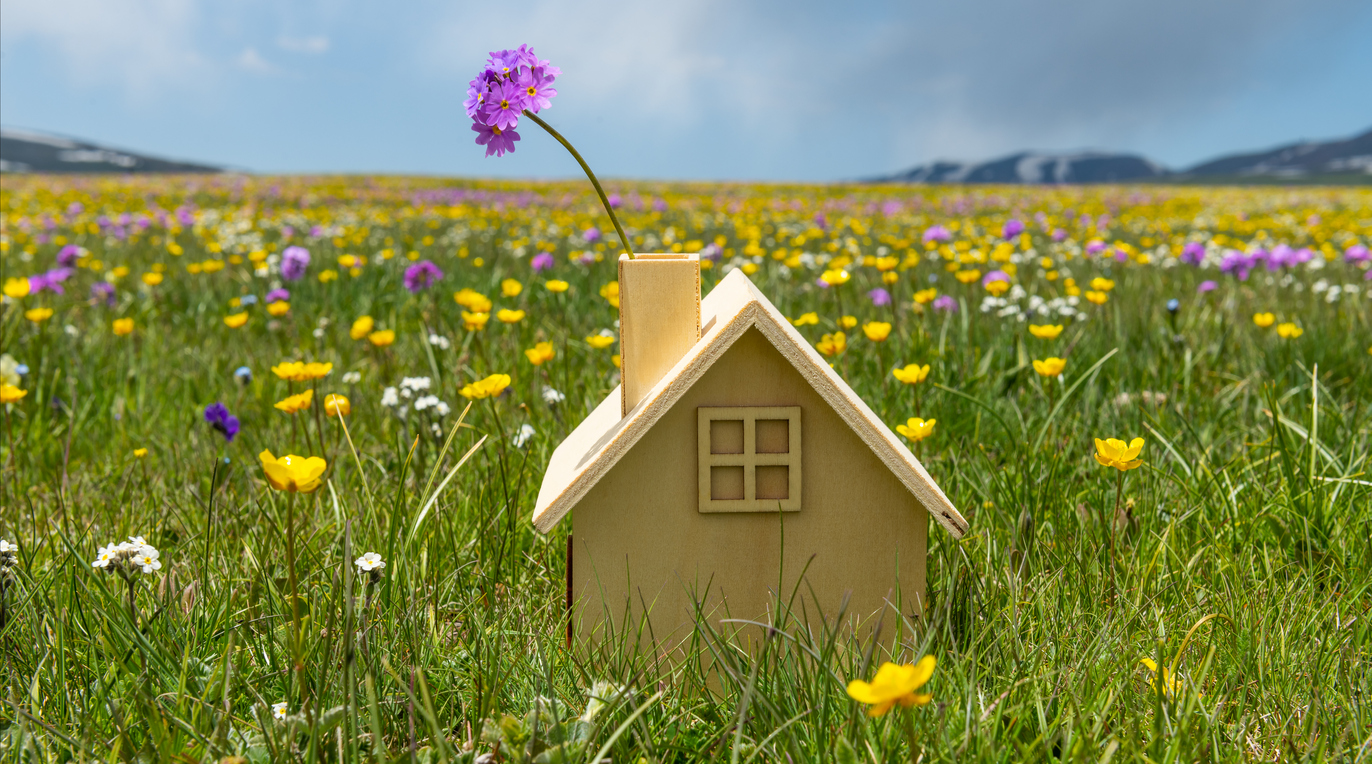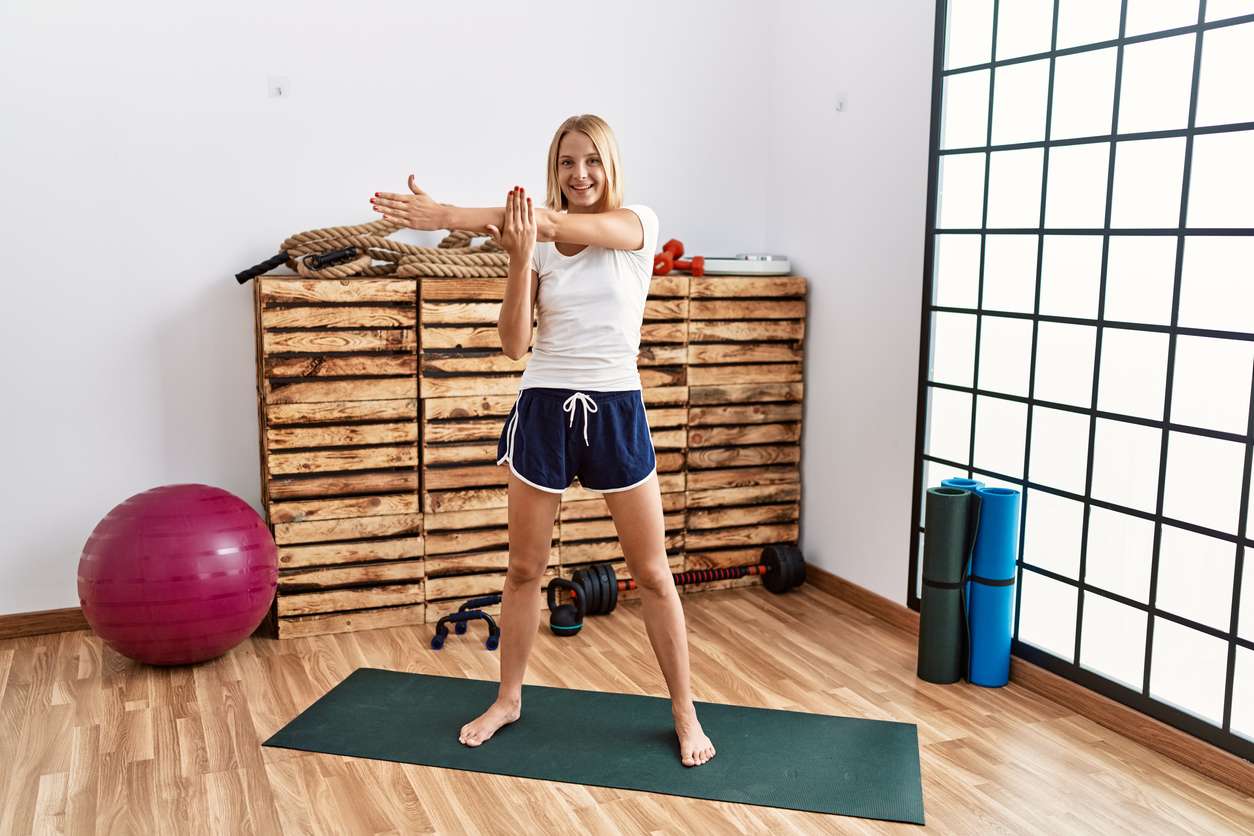Paula shares her brilliant guide and infographic if you are new to solo hiking and want to learn more about planning a hike safely. Following the article, look out for the infographic, How To Prepare For A Full-Day Hike.
Testing yourself and stepping out of your comfort zone is so beneficial for your mind, spirit and body. There are infinite reasons for challenging your limits and circumstances while entering the discomfort zone. Yet, some activities can feel somewhat intimidating when taken on solo.
In particular, hiking has so many positives, including building cardiovascular endurance, and affordability also goes in its favour. However, solo hiking is also one that can, very understandably, feel daunting and could even be anxiety-inducing. In this article, we’re looking at how to embark on solo hikes safely, so you can spend more time in nature and embrace the road not taken at home and further afield.

